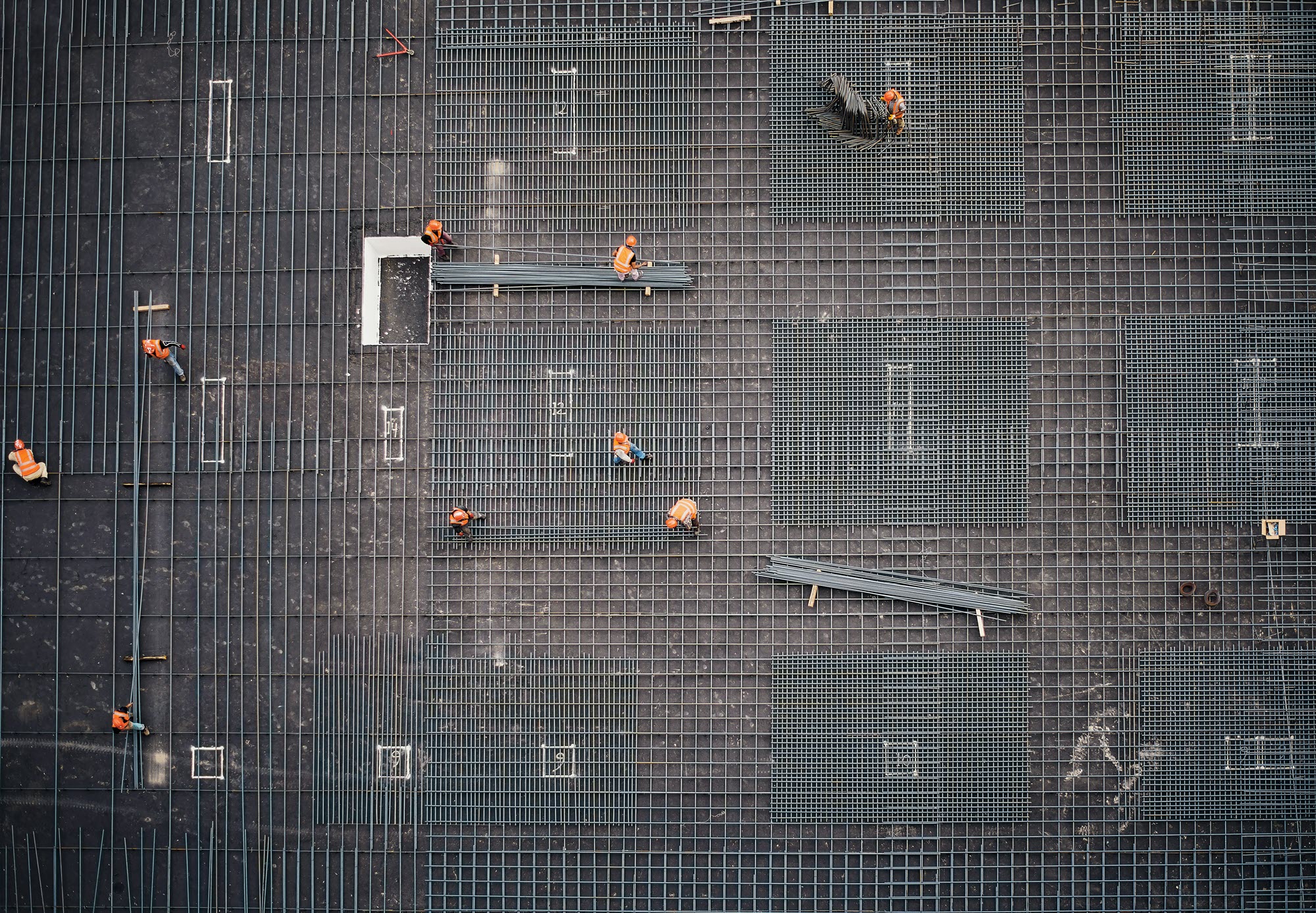
It’s a season of change for some of ASCE’s most respected publications.
October 1 marked the passing of the torch from longtime editor of the ASCE-Construction Institute Journal of Materials in Civil Engineering, Antonio Nanni, P.E., F.ASCE, to new co-editors Louay Mohammad, Ph.D., P.E., F.ASCE, and Farshad Rajabipour, Ph.D., A.M.ASCE. The Journal of Construction Engineering and Management underwent a similar transition this fall as well.
Nanni, Mohammad, and Rajabipour recently spoke with Civil Engineering Source about the transition and exciting opportunities ahead.
Civil Engineering Source: What does this feel like – to hand off this role after so much time?
Antonio Nanni: I’ve thought about this for quite some time in terms of how much I would miss every morning getting on e-manager, assigning papers, reviewing the papers that have come to me, and engaging with the incredible group of colleagues, section editors, and associate editors. I think I have gained more than I’ve given over this period of more than two decades at the helm of the journal.
And to me, the greatest opportunity that an editor can experience is really to be engaged with state-of-the-art research, and JMCE has given me this opportunity to better understand where the community of civil engineers and scientists has taken us over the years. So, I’m immensely grateful for this opportunity.
I’m sure I will miss the ability to view all this as an editor, but I also think that it is time for fresh blood.
Source: I love that idea of gaining more than you’ve given.
Nanni: Yes, I’ve had a better understanding of what is happening worldwide, because JMCE is truly an international journal. It’s definitely transformed my life as a researcher and gave me the opportunity to share this research with others, in particular my Ph.D. students.
This was like listening to the news every night. You become acquainted with what’s happening in the world of research, and because of the quality of the journal that we run, this is what I think makes it one of the best sources of information in the industry.
Source: What do you think makes this journal special?
Farshad Rajabipour: One is the legacy and history of the journal – led by Tony for 20 years – publishing high-quality papers. There are other great journals that are more discipline-specific – for example, journals that only publish concrete material papers. But this is a journal that is both high in quality and broad in its way of looking at the most important materials in the field of civil engineering.
Nanni: I echo exactly what Farshad said. There is another component that I think is of fundamental importance. JMCE is a journal of the American Society of Civil Engineers. I think that gives us status that elevates it from many other publications. We are not only a journal that looks at the importance of impact factor, but it is a journal that serves our ASCE Construction Institute international community.
Rajabipour: The ASCE community also brings in a lot of civil engineering practitioners and a lot of educators. So there is a deep network or relationship of this research journal impacting how we are educating future civil engineers, how we are modernizing our curriculums, and how we interface with our practitioners.
That’s another important feature of JMCE.
Source: So I asked Tony earlier how he was feeling about handing off the reins. What about the new co-editors? How are you feeling about this new responsibility?
Rajabipour: Well, first of all, I would say that it’s an enormous task. There is a tremendous track record of success and growth of the journal under Tony’s leadership – not just numbers but in terms of Tony’s leadership style and the model of collaborative leadership that he created, where he gives editors at different levels a stake in decision making to improve the journal.
Right now, I’m serving as interim head of civil engineering at Penn State, and I can tell you that I’m actually trying to implement a lot of the leadership style I learned from Tony, trying to create consensus about important decisions as opposed to just saying this is what I think needs to be done.
So we want to maintain that collaborative leadership model with the journal and maintain the overall quality of the content.
Louay Mohammad: I am feeling a mix of excitement and responsibility about stepping into the co-editor role for the flagship ASCE JMCE. It’s an honor to be entrusted with this position, and I am eager to contribute to the continued success of publishing emerging, impactful, and state-of-the-art scholarly research findings.
At the same time, I am mindful of the challenges that come with maintaining the high level of quality that’s been established. Farshad and I bring complementary strengths and a united shared vision to the table, which I believe will be key to our success.
Nanni: Many thanks to them again, and, officially, best wishes! I’m sure that you will have fun, and you will do great things. I’ve no doubt about that.
Learn more about the Journal of Materials in Civil Engineering.
ASCE is celebrating the 150 volumes of journal publications milestone in 2024. The 15 flagship journals have selected a handful of articles from their archives to highlight the past, present, and future of civil engineering. They are available for free through Dec. 31.



